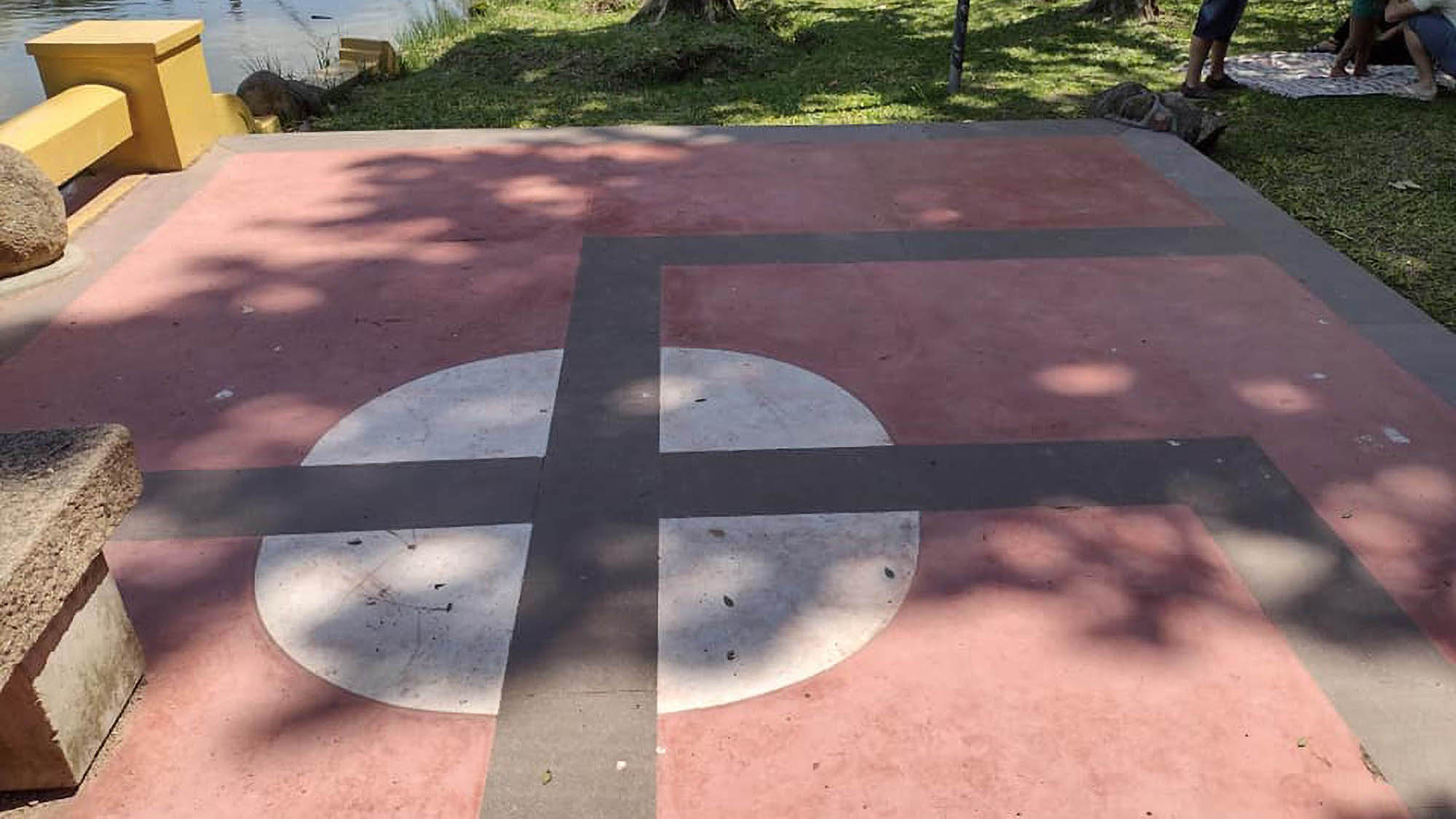A Nazi-Swastika-like park design from 1943 that was revealed during recent renovation works has been slammed by locals in a Brazilian city known for its German immigration.
Brazil welcomed between 1,500 and 2,000 Nazi war criminals after the end of World War II, with thousands more heading to Argentina and other South American countries.
The offending paving design was spotted in the Parque da Redencao (Redemption Park), officially known as Parque Farroupilha (Ragamuffin Park), in the city of Porto Alegre, the capital of the southern Brazilian state of Rio Grande do Sul, which is also near a historic Jewish neighbourhood.
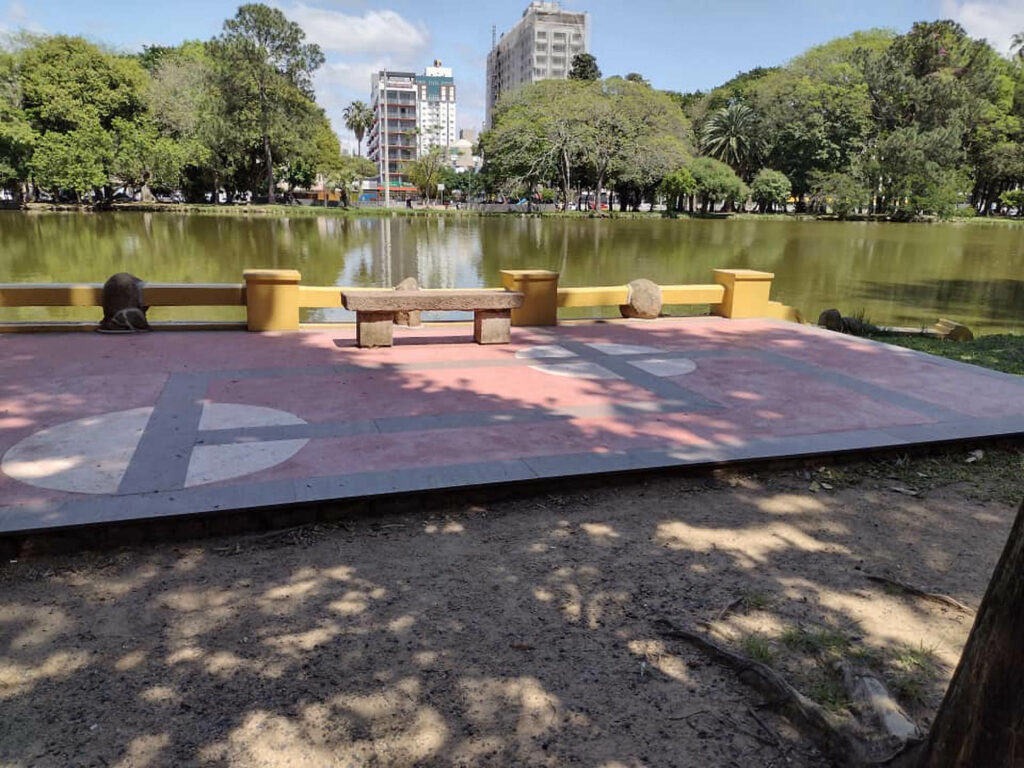
(@felipe.kirstadami/Newsflash)
According to the City Hall, the paving has been part of the park since at least 1943. However, the area underwent renovation works in February last year, making the design stand out more.
Nonetheless, it was only after university professor Felipe Kirst Adami published a photo of the offending design online that it went viral, hitting national headlines on Thursday, 14th October.
The 37.5-hectare (92.7-acre) park was inaugurated in 1935 to commemorate a century since the Ragamuffin War, a Republican uprising that began in the then-province of Rio Grande do Sul.
It was designed by French architect Alfred Agache, who officially planned numerous cities in Brazil including Rio de Janeiro, Porto Alegre, Curitiba, and Recife.
The park is located near the city’s Historic Centre and has been listed as a local heritage site since 1997.
Professor Adami said: “I arrived with my family, we went over to see the lake. I looked down at the ground, I saw the black and red lines. When I stepped back a little, the swastika jumped into my view.”
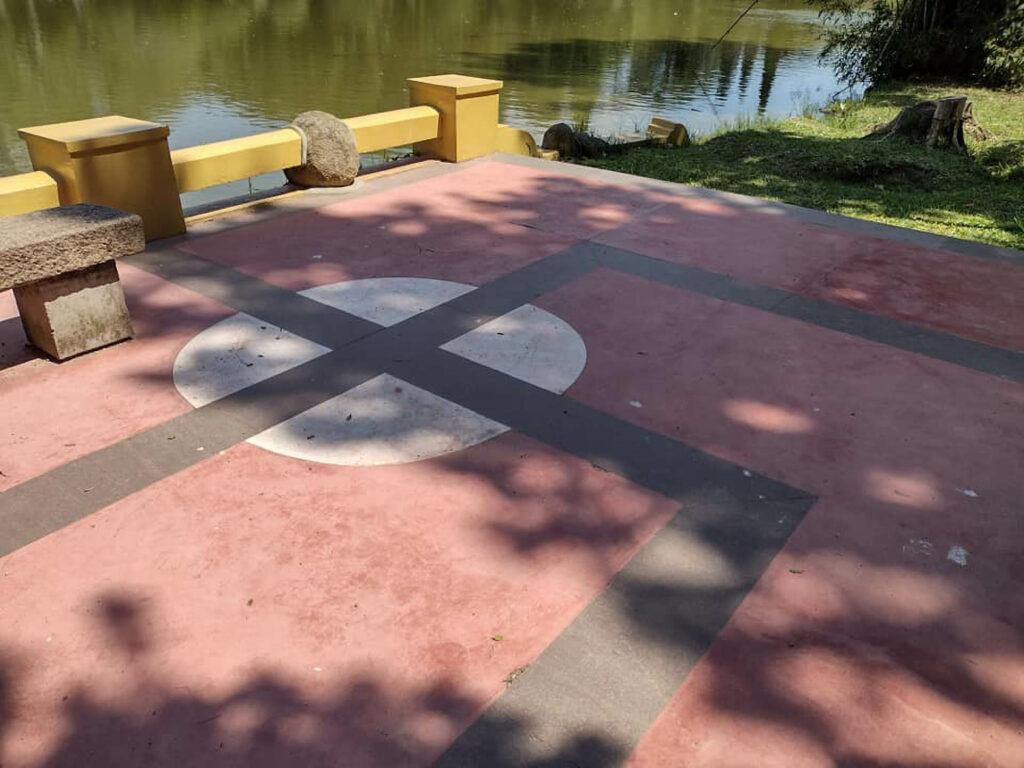
(@felipe.kirstadami/Newsflash)
The swastika is a symbol of divinity and spirituality in Indian religions including Hinduism, Buddhism and Jainism. However, it was adopted as a symbol of the German Nazi Party in the 1920s and is still strongly associated with Nazism and anti-Semitism.
The park lies next to the neighbourhood of Bom Fim, which is known for its Jewish heritage, with five synagogues, a Hebrew Society, Cultural Club and the Israeli Federation of Rio Grande do Sul, which houses the National Museum of Jewish Migrations, all located in the neighbourhood.
Porto Alegre, Rio Grande do Sul and the South Region of Brazil, in general, have been shaped by large waves of German migration.
According to French historian Jean Roche, as of 1950, people of German descent made up 21.6 percent of Rio Grande do Sul’s population.
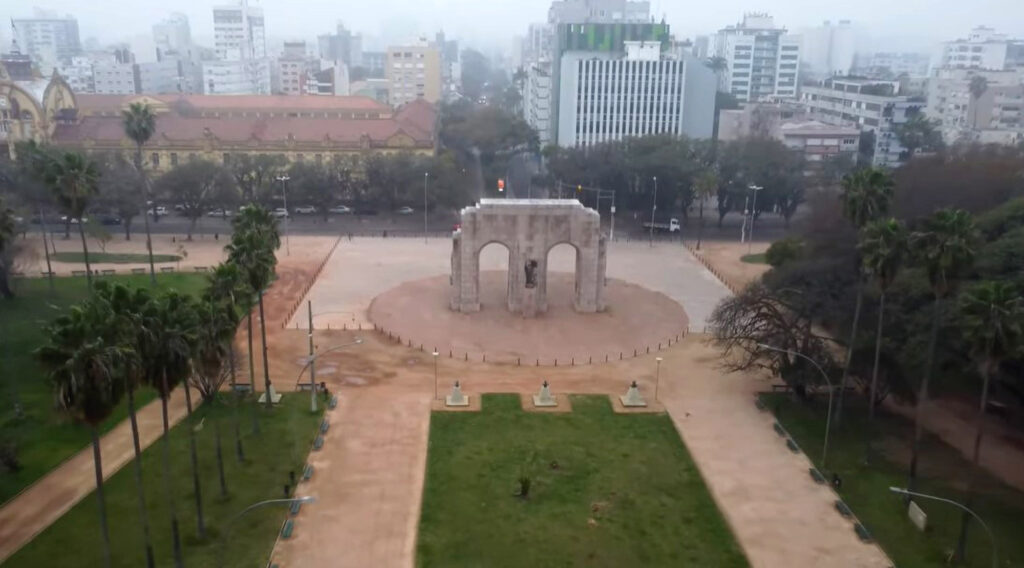
The park known as Redencao in Porto Alegre in Brazil.
(Newsflash)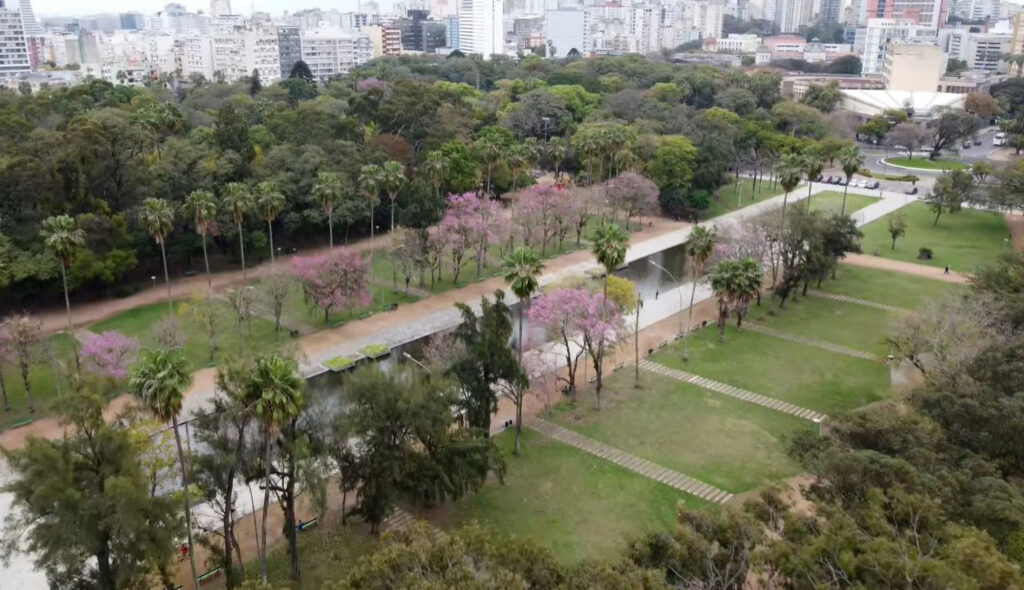
The park known as Redencao in Porto Alegre in Brazil.
(Newsflash)
Though German immigrants first arrived to southern Brazil in 1824, long before the rise of Nazism, some 3,000 Brazilians of German descent went on to join the Nazi Party, making the Brazilian section the party’s largest foreign branch.
Brazilian law provides for a penalty of two to five years in prison for anyone who manufactures, sells, distributes or broadcasts symbols, emblems, ornaments, badges or advertising that use the swastika.
The City Hall wrote in a statement: “The Municipal Department of Culture is being asked to provide a history of that corner and, once any allusion to Nazi elements is identified, ways to change or remove the design will be studied.”
To find out more about the author, editor or agency that supplied this story – please click below.
Story By: William McGee, Sub-Editor: Joseph Golder, Agency: Newsflash
The Ananova page is created by and dedicated to professional, independent freelance journalists. It is a place for us to showcase our work. When our news is sold to our media partners, we will include the link here.

